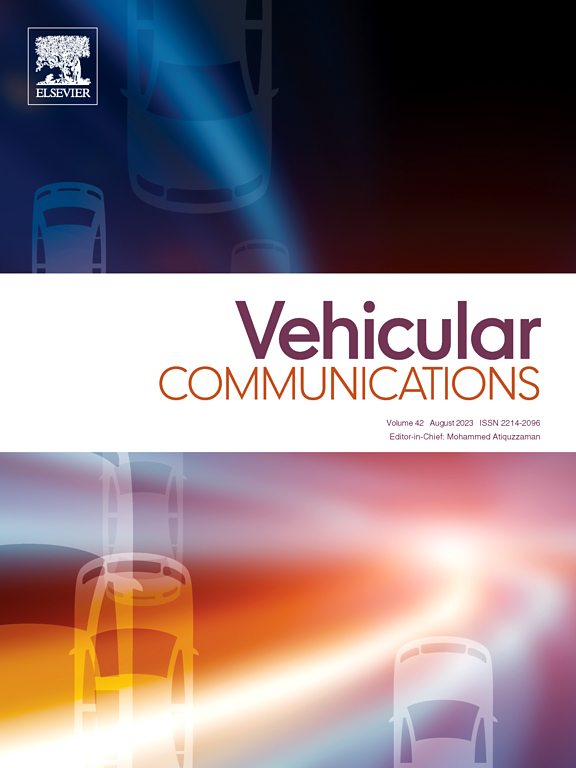基于架构的设计安全协同智能交通系统治理
IF 6.5
2区 计算机科学
Q1 TELECOMMUNICATIONS
引用次数: 0
摘要
协作式智能交通系统(C-ITS)涉及一个由不同组件组成的复杂网络,这些组件相互通信,并与周围环境通信。这些系统对于提高运输效率、使人员和货物流动更加顺畅以及支持经济增长至关重要。然而,由于其高度互联的特性,C-ITS面临着与网络安全和互操作性相关的重大挑战,这两者都与安全直接相关。在确保安全性的同时管理不断发展的软件和标准给架构师、安全专家和组织涉众带来了沉重的负担。在这项工作中,我们提出了一种方法来支持C-ITS系统的安全设计和部署。该方法基于既定标准,可适用于医疗保健、能源和智慧城市等其他关键领域,但在这里是针对交通领域的具体情况量身定制的。我们的主要贡献是一个用于安全部署标准的基于治理的框架,旨在解决标准维护、互操作性和体系结构可持续性的问题。我们通过一个涉及安全车辆到基础设施(V2I)通信的真实用例来演示其应用。本文章由计算机程序翻译,如有差异,请以英文原文为准。
Architecture-based governance for secure-by-design Cooperative Intelligent Transport Systems
Cooperative Intelligent Transport Systems (C-ITS) involve a complex network of diverse components that communicate with each other and with their environment. These systems are essential for improving transport efficiency, enabling smoother movement of people and goods, and supporting economic growth. However, due to their highly connected nature, C-ITS face major challenges related to cybersecurity and interoperability—both of which are directly linked to safety. Managing evolving software and standards while ensuring security places a heavy burden on architects, security experts, and organizational stakeholders.
In this work, we propose a methodology to support the secure design and deployment of C-ITS systems. The approach is based on established standards and adaptable to other critical sectors, such as healthcare, energy and smart cities, but is here tailored to the specific context of the transport domain. Our main contribution is a governance-based framework for secure deployment of standards, aimed at addressing the problem of standards maintenance, interoperability, and architectural sustainability. We demonstrate its application through a real-world use case involving secure vehicle-to-infrastructure (V2I) communication.
求助全文
通过发布文献求助,成功后即可免费获取论文全文。
去求助
来源期刊

Vehicular Communications
Engineering-Electrical and Electronic Engineering
CiteScore
12.70
自引率
10.40%
发文量
88
审稿时长
62 days
期刊介绍:
Vehicular communications is a growing area of communications between vehicles and including roadside communication infrastructure. Advances in wireless communications are making possible sharing of information through real time communications between vehicles and infrastructure. This has led to applications to increase safety of vehicles and communication between passengers and the Internet. Standardization efforts on vehicular communication are also underway to make vehicular transportation safer, greener and easier.
The aim of the journal is to publish high quality peer–reviewed papers in the area of vehicular communications. The scope encompasses all types of communications involving vehicles, including vehicle–to–vehicle and vehicle–to–infrastructure. The scope includes (but not limited to) the following topics related to vehicular communications:
Vehicle to vehicle and vehicle to infrastructure communications
Channel modelling, modulating and coding
Congestion Control and scalability issues
Protocol design, testing and verification
Routing in vehicular networks
Security issues and countermeasures
Deployment and field testing
Reducing energy consumption and enhancing safety of vehicles
Wireless in–car networks
Data collection and dissemination methods
Mobility and handover issues
Safety and driver assistance applications
UAV
Underwater communications
Autonomous cooperative driving
Social networks
Internet of vehicles
Standardization of protocols.
 求助内容:
求助内容: 应助结果提醒方式:
应助结果提醒方式:


